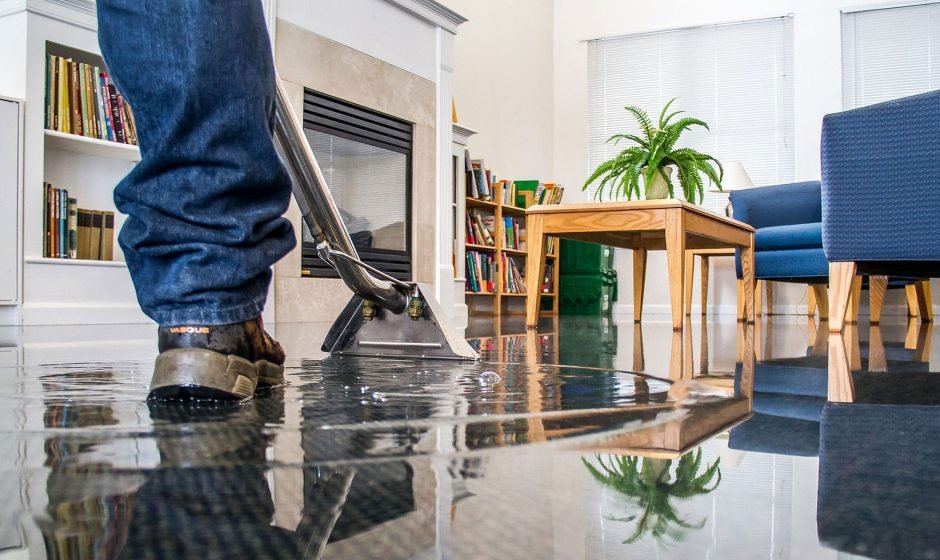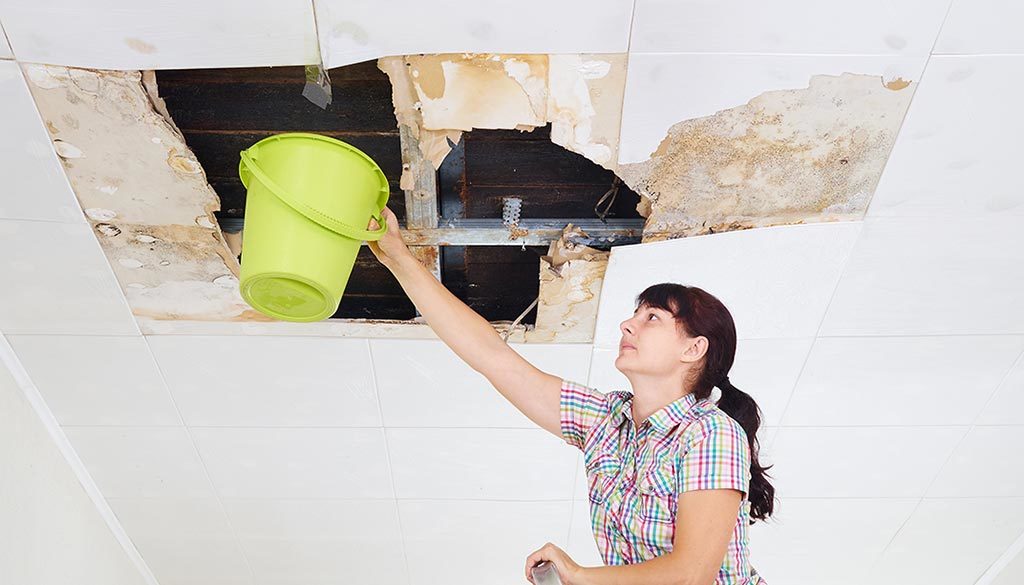The Full Overview to Water Damage Restoration and What to Anticipate
Water damage can be a substantial worry for both home owners and organization proprietors, often leading to considerable fixing demands and unforeseen costs. Understanding the intricacies of water damages restoration is important for efficient healing, from evaluating the resource of the problem to applying suitable remediation methods.
Understanding Water Damage
Water damage can usually be categorized right into 3 classes: tidy water, gray water, and black water. Tidy water stems from unpolluted sources, such as dripping pipes or rains, while grey water includes small impurities, often from home appliances like dishwashing machines or cleaning equipments.
The extent of water damages is further categorized into four categories based upon the intensity of saturation and the products influenced. Class 1 entails marginal damage to a small area, while Class 4 suggests specialized drying techniques are required for materials like hardwood or plaster due to their high absorption capacity. Recognizing these classifications aids restoration experts examine the situation properly and figure out the necessary mitigation strategies.
Prompt identification of the water resource and damages level is important for protecting against secondary problems such as mold development or architectural damages. Correct assessment and categorization make certain that ideal strategies and resources are utilized, facilitating a much more efficient reconstruction procedure.
Preliminary Steps to Take
In the consequences of water damages, a property owner's speedy feedback is important to minimize more complications - Water Damage Restoration Fairfield County. The first step is to ensure security; switch off the power in the damaged location to avoid electric shock. If the water resource is still active, such as a damaged pipeline, closed off the major water supply right away to stop further flooding
Next, evaluate the extent of the damages. Record the scenario with pictures and notes for insurance coverage purposes. This documentation will certainly be essential when filing a claim. When security is ensured and documents is total, begin getting rid of any type of standing water. Use containers, sponges, or a wet/dry vacuum to essence as much water as feasible.
After removing standing water, it's vital to dry out the area completely. Speak to a specialist water damage remediation service to address the damages and assess, ensuring a detailed strategy to recuperation.
The Restoration Process

Adhering to the analysis, water removal is carried out utilizing industrial-grade pumps and vacuum cleaners. This step is critical for reducing damage and stopping the growth of mold and bacteria. When the water is gotten rid of, the drying out process begins. High-powered air movers and dehumidifiers are tactically placed to guarantee quick and detailed drying out of all affected surface areas, consisting of walls, floorings, and furnishings.
After drying, the remediation team concentrates on cleaning and disinfecting the locations influenced by water. This may involve the usage of specialized cleaning up agents to eliminate impurities. The last phase consists of repair work and reconstruction, where damaged products such as drywall, insulation, and flooring are changed or repaired. Throughout the repair procedure, efficient interaction with homeowner is kept to guarantee transparency and address any kind of concerns. This organized approach ultimately brings back the residential or commercial property to its initial state, protecting the health and wellness of its occupants.
Common Difficulties Encountered
Water damages repair commonly presents many difficulties that can make complex the recovery process. One substantial obstacle is the degree of the damages, which can differ extensively based on the source of the water and the period of direct exposure. Groups of water damage, such as tidy, gray, or black water, necessitate various approaches and safety and security methods, making complex restoration initiatives.
An additional hurdle is the capacity for mold and mildew development. If water-damaged areas are not dried promptly, mold can establish within 24 to 2 days, providing wellness dangers and needing extra remediation steps. Structural honesty is additionally a concern; water can endanger wall surfaces, ceilings, and floor covering, leading to pricey repairs or substitutes.
Furthermore, the emotional toll on home owners can hinder the decision-making process. Stress and anxiety and anxiousness might shadow judgment, making it challenging to navigate the restoration process effectively. Finally, coordination with insurance coverage business can go now be cumbersome, as homeowners frequently deal with disputes and hold-ups concerning protection. Understanding these difficulties is essential for both reconstruction experts and impacted people, guaranteeing a more reliable feedback to water damage cases.
Tips for Avoidance
Protecting against water damages is an aggressive method that can significantly reduce the danger of encountering the difficulties formerly talked about. To properly protect your property, routine upkeep and watchful surveillance are essential.

First, inspect your pipes system periodically for leaks or indications of corrosion. Immediately address any concerns to avoid tiny leaks from intensifying into significant water damage. Furthermore, make certain that downspouts and gutters are clear of particles to promote correct drain far from your home's foundation.
Second, mount water detection devices in vital areas such as shower rooms and basements. These gadgets can signal you to leakages before they trigger considerable damage. In addition, take into consideration utilizing sump pumps in areas susceptible to flooding.

Finally, create a comprehensive emergency situation plan that consists of shut-off treatments for your primary water supply. By taking these preventative actions, you not just safeguard your home yet additionally conserve time and funds that would otherwise be invested on repair efforts.

Conclusion
In final thought, effective water damage remediation needs an organized method that encompasses analysis, removal, drying, and sanitization. Awareness of the types and sources of water damage, in addition to the challenges that may occur during the remediation procedure, is crucial for successful results. Applying safety nets can substantially minimize the threat of future occurrences. By comprehending the detailed nature of water damages reconstruction, homeowner can better navigate the recuperation procedure and protect their investments.
Water damages can usually be classified into three courses: tidy water, grey water, and black water. Tidy water stems from unpolluted resources, such advice as leaking pipelines or rains, while grey water includes small impurities, frequently from devices like dish washers or cleaning makers. If the water source is still energetic, such as a damaged pipeline, closed off the main water supply right away to quit more flooding.
Get in touch with her explanation a professional water damages remediation service to deal with the damages and assess, guaranteeing an extensive method to recuperation - Water Damage Restoration Fairfield County. Categories of water damage, such as tidy, grey, or black water, demand different strategies and safety and security methods, making complex reconstruction efforts